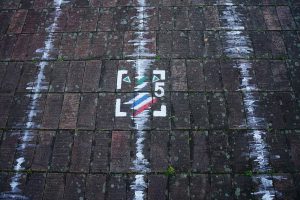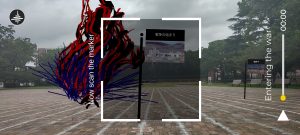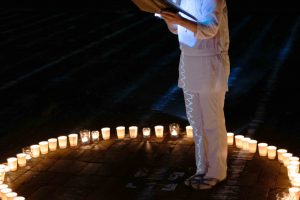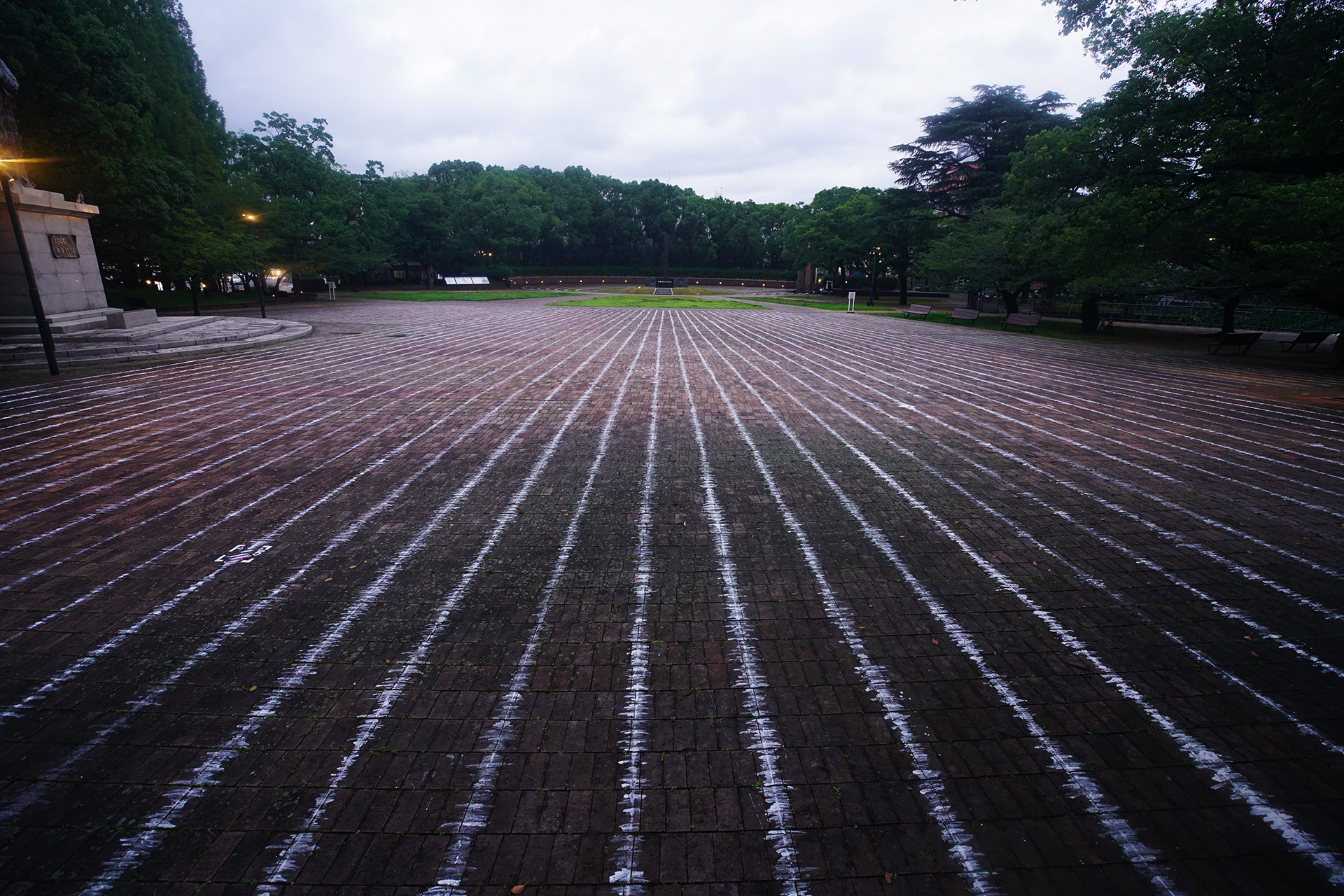This article originally featured in the December 2020 issue of Connect.
Shinpei Takeda (Ōsaka)
interviewed by Mark Christensen (Fukuoka)
In the West, Nagasaki is a name synonymous with disaster and death. For many, it brings to mind images of nuclear mushroom clouds or cold numbers of casualties. Beyond its cruel fate 75 years ago, though, the city is seemingly overlooked.

When I researched the final days of the Second World War as part of my degree, I took a special interest in studying the morality and use of nuclear weapons. I had to write arguments pertaining to and against the usage of such devices, their moral relevance to Just War theory, as well as their speculated role in what some have called “the Long Peace” (the unusual absence of a hot global conflict in the last seven decades). But there was something that always bothered me about the calculations.
You see, in discussions on the usage of the weapons, many issues have been examined. The length of the war, the planned invasion, deterrence against Russia, economics, the number of civilian casualties . . . to name a few. But what always unsettled me was the dehumanization of the deaths. Nagasaki lost upwards of 80,000 people in the nuclear strike, with countless more maimed and injured. Try as I might, I realized I couldn’t comprehend the scale of human loss, and I found it unsettling. I decided that, if I ever had the opportunity, I would attempt to visit the city and see the cost for myself. Several years later, I was placed in Fukuoka with the JET Program, and I made the journey to learn the city’s story.
In Nagasaki, I found that the Nuclear Museum is a very powerful place. It preserves a number of relics from the attack and helps to convey the dangers of nuclear weapons, and also discloses some of the graphic horrors that victims experienced. It was very hard to witness the burns and irradiation that people suffered. Probably the most disturbing feature was seeing the “ghosts” of people flash-burned as images on objects.
The museum also notes how the victims of nuclear weapons include those who created them—and, in a twist, had a plaque for other locations, including my state. Washington State’s Hanford Facility produced the fuel for the Nagasaki weapon and now suffers terrible contamination, earning it the nickname, “America’s Chernobyl.” The consequences of nuclear technology reach far and wide.
There was a lot to digest, so afterwards, I took a trip to the nearby Peace Park. Shortly upon arrival, I noticed something unusual. Radiating away from the epicenter monument were mysterious white chalk seismic lines and QR codes. I began talking with a man about them and discovered that he was Shinpei Takeda, the artist behind this remarkable project. He told me of the project`s connection to the voices of the survivors, the project’s symbolism, and the danger of nuclear technology. He agreed to an interview, and here are his thoughts on the project.

M First, for those unfamiliar with the “Memory Undertow” project, what is it, and what is its purpose?
S It is a site-specific public art project at Nagasaki’s Hypocenter Park, otherwise known as “Ground Zero”—the center of the atomic bomb explosion on August 9th, 1945.
To this day, it is said that many victims are still buried underneath the ground since the entire neighborhood was completely destroyed, and soon after the war, the occupying US militaries came in and bulldozed over it with soil.
There, directly on the ground, I hand-painted the “voice vibration” from the interviews I have done with the survivors of the atomic bomb that have left Nagasaki and went abroad to countries like the USA, Brasil, and Bolivia.
The work lasted about one month before the 75th-anniversary commemoration of the Nagasaki atomic bombing and was later erased. I also developed an app called “Ground Zero,” where you can scan the voice patterns and listen to these voices via smartphone. The work culminated in a performance event on the evening of August 9th before it was erased completely. My priority was that I wanted people to listen to and see the voices of the survivors as they stood on the “Ground Zero” and wanted people to imagine what their experiences were like.

M What inspired you to create this project, and how has Nagasaki influenced your art?
S I have been working on archiving the stories of the atomic bomb survivors abroad since 2005. Listening to them, I always questioned how these human stories were not quite communicated in the monuments in Nagasaki, so I wanted to find new portals into these human stories. This was the origin of the idea.
M Nuclear weapons left a tragic mark on Nagasaki’s community. With this in mind, how have residents reacted to your project? How have visitors?
S First, many people were worried about the fact that I would paint directly on the Hypocenter Park, because it is often considered sacred as a place of contemplation, and also because many people are still buried there.
However, I believe by my being there every day painting it with my hand, it showed my sincerity, and most people reacted positively to my project. For some, it gave them a new way of relating to these stories, and for others, it gave them new possibilities and new parameters to talk about the project.
M For those reading today, what is the message you would like them to take away from this experience?
S There is still a website that was made for this project. You can go here and click on (3), and there is a way to listen to the stories without the app.

I would like people to visit Nagasaki and find out more about this complex issue that seems like history, but still is a big part of our contemporary lives if you think about the amount of active nuclear weapons there are in this world and the problem we have with radiation and nuclear reactors. Also, some survivors are still alive, and it is important not to forget that this incident is not such a distant past and that it could be repeated anytime. I also would like people to find new possibilities in ways to talk about this difficult and complex matter.
Shinpei Takeda is a visual artist and filmmaker who was born in Ōsaka. His works involve a wide range of themes regarding memories and history. He has also worked in Mexico, the US, Germany, and Austria. The diverse topics of his films include pre-WWII Japanese immigration to Tijuana, Mexico, and the atomic bomb survivors living in the Americas (Atopus Studio). More of his work can be seen on his website.
Mark Christensen is a second-year Fukuoka ALT hailing from Snohomish, Washington. Aside from the adventures of being an ALT, he enjoys mountaineering, cosplay, and photography, which can be seen on Instagram.




